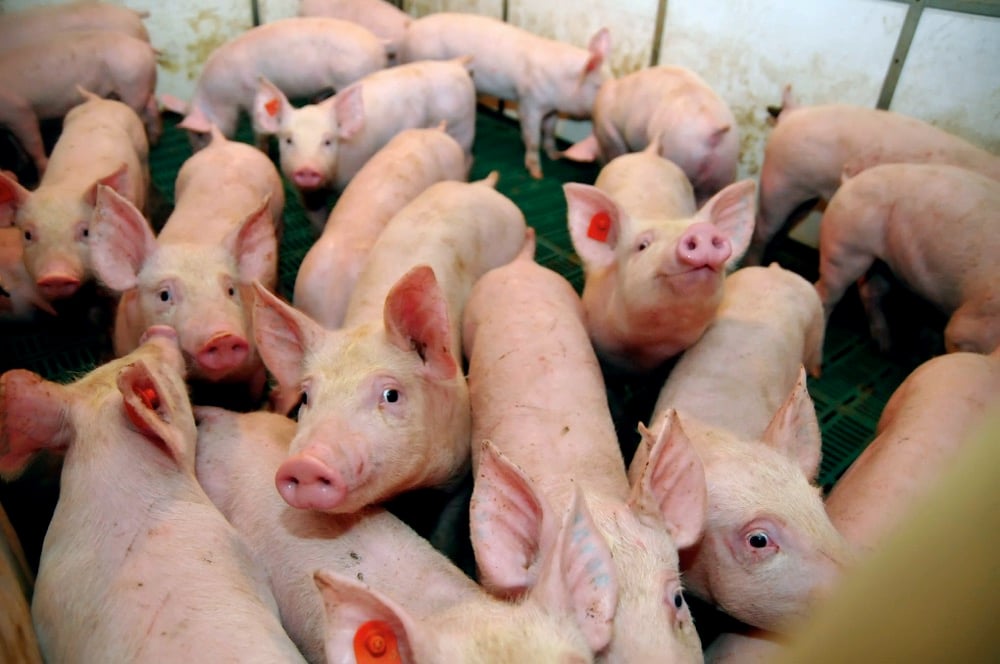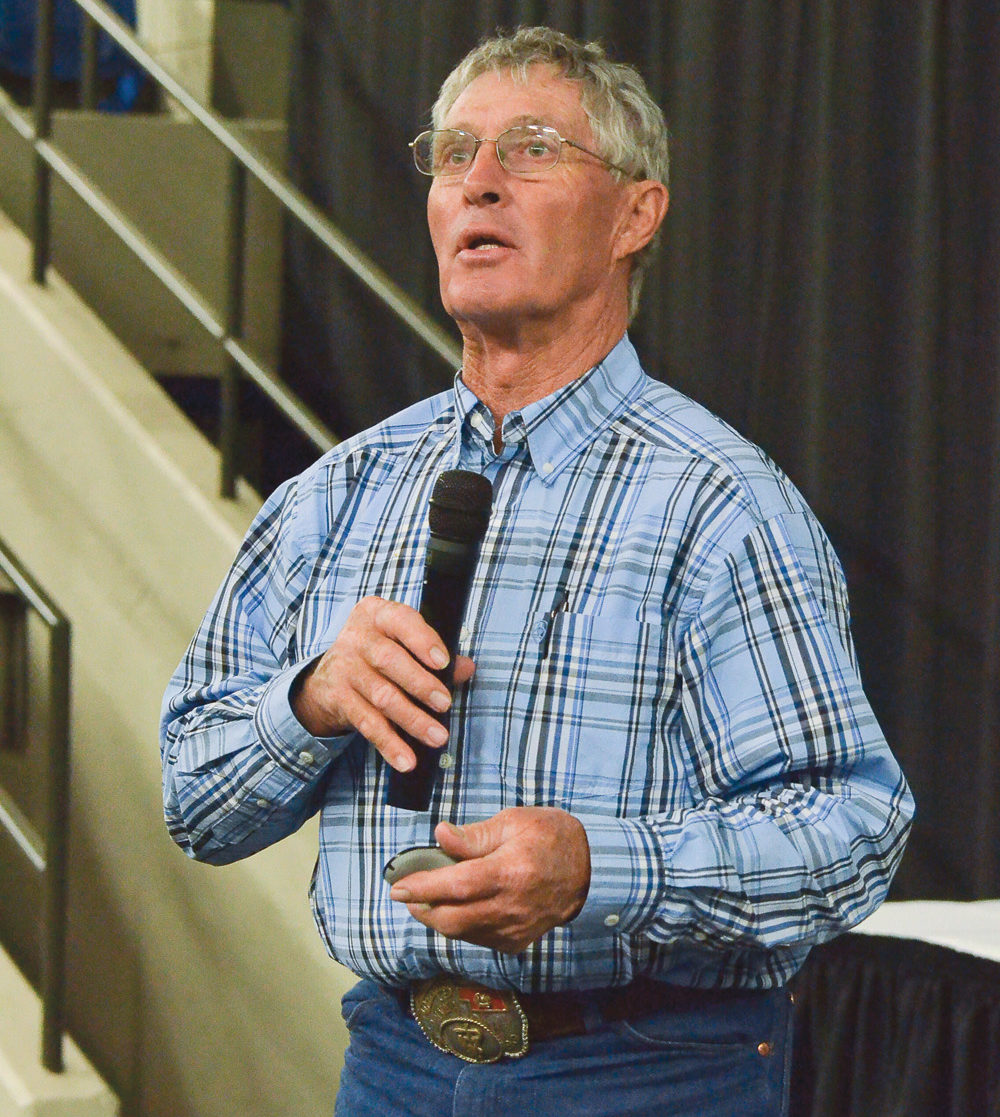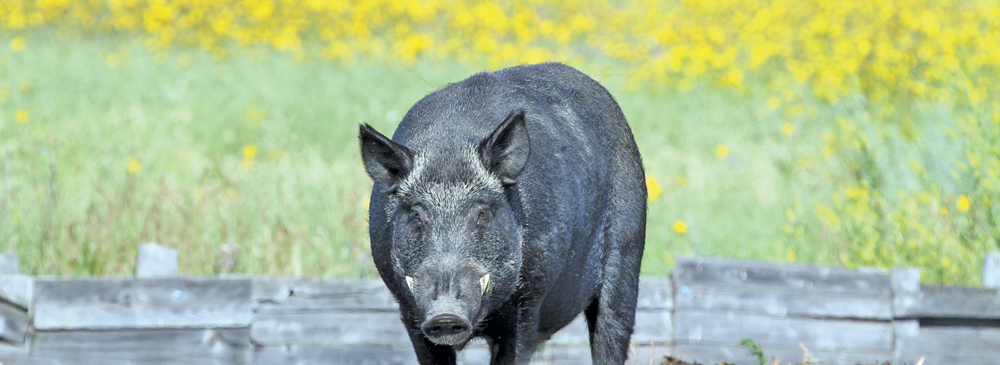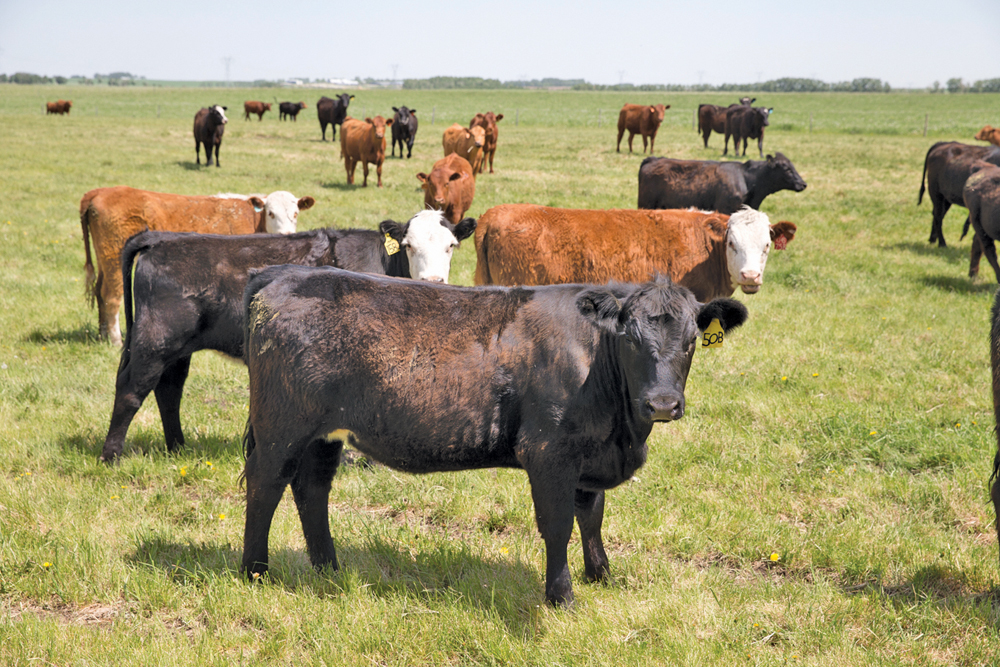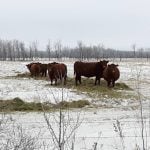Bernie Peet is president of Pork Chain Consulting Ltd. of Lacombe, Alberta, and editor of Western Hog Journal. His columns will run every second week in the Manitoba Co-operator.
Pelleted feed made of finely ground ingredients is considerably more efficient than more coarsely ground feed provided in meal form, according to a recently published large-scale trial carried out in Northern Ireland.
Reported by Dr. Elizabeth Magowan, the work was carried out by the Agri-Food and Biosciences Institute (AFBI) at Hillsborough in conjunction with two feed companies. She notes that the differences are such that the cost of feed would have to be $32/tonne cheaper to compensate for the benefits of feeding a pelleted ration composed of finely ground ingredients.
Read Also

Beekeepers want financial protection against tropi mite
What happens to beekeepers if the deadly tropi mite reaches Canada? Discover why farmers want robust compensation to protect pollination.
Manufactured commercial diets are commonly finely ground and in pellet form, whereas diets made on the farm are normally more coarsely ground and usually in meal form.
“As expected it takes more energy, and is therefore more expensive, to produce a finely ground pellet compared with a coarsely ground meal diet, aside from the extra mechanical equipment required,” Magowan says. “However, previous research has suggested that offering pigs feed in pellet form improves the efficiency of feed use. Furthermore, other research studies suggest that when particle size within the feed is small, feed efficiency is better than when the particle size is large.”
However, she adds that few studies have investigated if these two processes – pelleting and fine grinding – have cumulative benefits on feed efficiency.
Two trials were conducted to compare pig performance during the finishing stage when using either meal or pelleted feed with “fine” or “coarse” particle size. The finely ground diets were manufactured using six four-mm screens and the coarsely ground diets were made using a combination of two 14-mm and four 10-mm screens,” Magowan says. “The coarsely ground diets had a similar particle size profile as those generally adopted in farm milling operations.”
The particle size profile of the diets after “fine” or “coarse” grinding is shown in Table 1. In both trials, pigs were offered feed from a wet and dry single-space feeder.
The nutrient specifications of the diets used were the same and the main ingredients were barley (41 per cent), wheat (36 per cent) and soybeans (19 per cent), providing a digestible energy level of 3,250 kCals per kg, crude protein of 16.7 per cent and total lysine of 9.6 g per kg.
TWO TRIALS
In the first trial, carried out on a commercial production unit, the growth rate of pigs between 55 and 110 kg given feed in either meal or pellet form was similar, at 881 g per day. However, although there was no statistically significant difference, a numerical improvement of three per cent in feed efficiency was observed when pellets were offered instead of meal.
“In the commercial herd, there were issues with separation of the meal diet due to the blowing of the diets into the feed bins,” says Magowan. “Although this problem was reduced when the feed was blown in with less force, it does raise concerns regarding the use of meal in auger systems.”
The second trial was carried out at the AFBI research herd and compared not only meal and pellets but also both forms of the diets composed of either finely or coarsely ground ingredients.
Table 2 shows the performance of pigs and feed cost calculations when these four diets were fed.
“As in the commercial herd, the growth rate of pigs was similar for all diets,” Magowan says. “However, daily feed intake was reduced by 4.5 per cent and feed use efficiency was improved by 5.5 per cent when pellets were offered compared with meal.”
She notes that feed efficiency was also improved by 3.1 per cent when the particle size was “fine” compared with “coarse.” The beneficial effects of pelleting and fine grinding appear to be cumulative and economically large differences in feed cost were calculated, Magowan adds.
“This study suggests that a 20 pound sterling ($32)-per-tonne differential in diet cost is required in order to compensate for the deterioration in feed efficiency when a ‘coarse’ meal was offered compared with a ‘fine’ pellet,” Magowan says. “Overall, it cost an extra 1.8 p (2.9 cents) to gain each kilogram of live weight during the finishing phase when meal was offered compared with pellets.”
There was no effect of diet form or particle size on stomach ulceration (a problem more frequently experienced where finely ground diets are used) in either trial. Also, there were no effects on carcass quality parameters such as back fat depth or dressing percentage.
———
Pigs
———
TABLE 2: PIG PERFORMANCE AND FEED COSTS FOR DIFFERENT DIET FORMS
Av. daily gain (g/day)
Av. feed intake (g/day)
Total feed used (kg)
Feed efficiency
Cost/kg live weight gain*
Trial 2, AFBI Research Unit, costs based on $1.60 per pound sterling.
*Based on a diet cost of $400/tonne
FINE MEAL FINE PELLET COARSE MEAL
927 3,465 170 2.66
$1.06
924
2,311
159
2.50
$1
900 2,442
169 2.72
$1.09
COARSE PELLET
919 2,382 165 2.60
$1.04
———
PARTICLE SIZE (%)
TABLE 1: PARTICLE SIZE DISTRIBUTION IN FINELY OR COARSELY GROUND DIETS
2 mm
1.4 2 mm
0.5 1.4 mm
< 0.5 mm
FINE
0.5 12.7 59.0
27.7
COARSE
6.7 34.0 41.2
18.0


